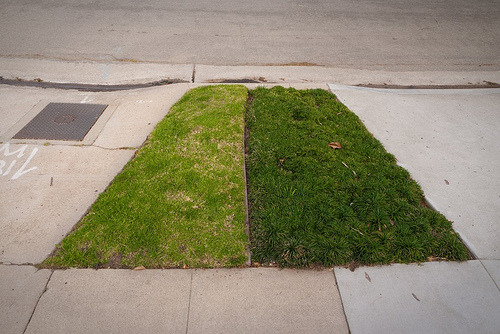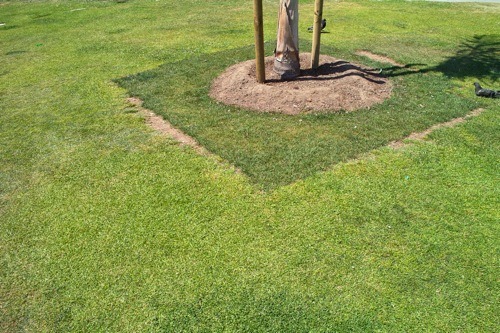Irrigation, bunkers, stream restoration, construction of small buildings, bridges, wash pads or tee's - there is no shortage to the type of projects happening on a golf course at any given time. This requires a sound project management strategy.
The project management definition as per the Guide to the Project Management Body of Knowledge (PMBOK, Project Management Institute's flagship publication) is “the application of knowledge, skills, tools, and techniques to project activities to meet project requirements”. What if one of your project goals or requirements was to integrate sustainability? Would you understand how?
For some insight I've contacted Sven Riemer, a Director at Stratos, a sustainability consulting firm in Ottawa Canada. Sven leads the Public Sector Management Practice and specializes in strategic project management, performance measurement and reporting strategies. After the short interview I've included a presentation of Sven's illustrating the process he uses of integrating sustainability in to the project management process.

The project management definition as per the Guide to the Project Management Body of Knowledge (PMBOK, Project Management Institute's flagship publication) is “the application of knowledge, skills, tools, and techniques to project activities to meet project requirements”. What if one of your project goals or requirements was to integrate sustainability? Would you understand how?
For some insight I've contacted Sven Riemer, a Director at Stratos, a sustainability consulting firm in Ottawa Canada. Sven leads the Public Sector Management Practice and specializes in strategic project management, performance measurement and reporting strategies. After the short interview I've included a presentation of Sven's illustrating the process he uses of integrating sustainability in to the project management process.






